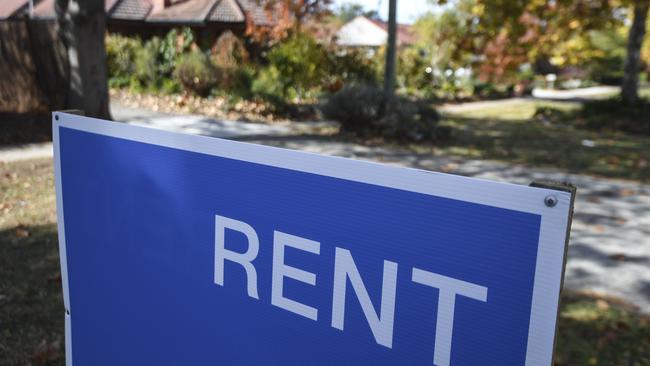
And Australia is a classic illustration of the difficulties in today’s banking world.
Australian banks are forecasting that house prices will fall 10 per cent in the next year and, according to Australia’s largest home lender – Commonwealth Bank – that fall could extend to over 30 per cent if the downturn continues into 2022.
So far, although residential property volumes are way down and prices are off the top, there is no widespread sustained residential property price fall.
But in both housing and small to medium business banks are frightened by what they see among their customers. The big four banks had delayed home payments for 429,000 customers worth about $150bn as at the start of April. And although the rate of distress has slowed, tens of thousands are still asking for help each week.
Around one third of the home loan deferral requests are being made to CBA, representing some around 12 per cent of its home loan accounts. In the next month or two, CBA and the other banks will discover the true financial position of the customers who have been granted payment relief. Clearly CBA is aware of the danger. Hence its property value warnings.
NAB is aware too. It has deferred payments of 80,000 home loans totalling over $28bn and doubled its team of distressed loan interviewers to 1000, including 400 outside hirings.
The JobKeeper army
The situation is made more complex because over half the Australian workforce is now on either JobKeeper or JobSeeker. Almost certainly many mortgage holders are going to seek further extensions when their deferment ends next month. The banks will then have to play God and decide who gets an extension and who does not.
Those that miss out may have to sell their houses. The situation is compounded by two other forces.
The first is that non-banks have been big lenders, particularly on investment properties, and they may not have the same flexibility to defer loans.
There is also a big surplus of rental properties. Rents have fallen sharply and many tenants have exercised their rent deferral entitlements. Both banks and non-banks know that if they pull the rug on families residing in their own home they will get bad publicity.
Pulling the rug on investors does not carry the same stigma, but it will depress prices, especially as banks will be cautious about new loans.
Closely related to banks’ concerns about incomes in a post JobKeeper world are the so-called zombie enterprises I described on Friday.
Political optimism
Both Prime Minister Scott Morrison and Treasurer Josh Frydenberg are optimistic that the Australian business community can bounce back quickly and that’s certainly the attitude of the Australian sharemarket.
The banks fear that Australia is operating an artificial economy propped up by JobKeeper and JobSeeker programs and that in just over four months’ time there will be an unprecedented rise in the failure rate among small and medium-sized enterprises.
While liquidations, receiverships and official administrations have risen strongly, the rate is much less than could have been expected following such a big fall in economic activity.
Liquidators say that there are a vast number of enterprises that are really insolvent but are still trading because, as part of the COVID-19 measures, the government passed legislation that gives directors six months of temporary relief from personal liability for trading while insolvent.
At the same time banks have deferred a vast number of smaller enterprises loan repayments and increased loans to enable them to fund JobKeeper wage payments.
If there is a big rise in liquidations, then many solvent companies will become collateral damage because their customers will not be able to pay the amounts that are owed.
No one knows exactly what the outcome is, but it represents a major challenge for the Australian business sector. But of course, it’s not as bad as the challenges facing the US where the corporate bond market is in a perilous position.
For the most part, our corporations don’t have anything like the US problem and our house and small business problems are spread over a large number of people.
While that makes rescues more complex, the damage is more likely to be contained. Australians will fight very hard to keep up their house payments —- next to food and a car it’s their number one priority.
Banks tell me that historically the next priority of many customers is the continuing the private education of children. That ingrained priority for the next generation has insulated most private schools from the economic downturns of recent decades.
But this one will be more testing because the level of mortgages is higher, the amount of loan deferrals is greater and there are clear problems in the small business community as well.








Australian banks are seeing a very different future to that envisaged by the sharemarket. And it’s a similar situation in the US where after vaccine euphoria faded American investors began selling bank stocks as they focused attention on the world of banking in a pandemic.